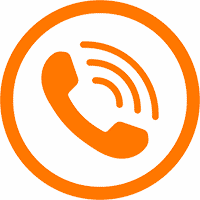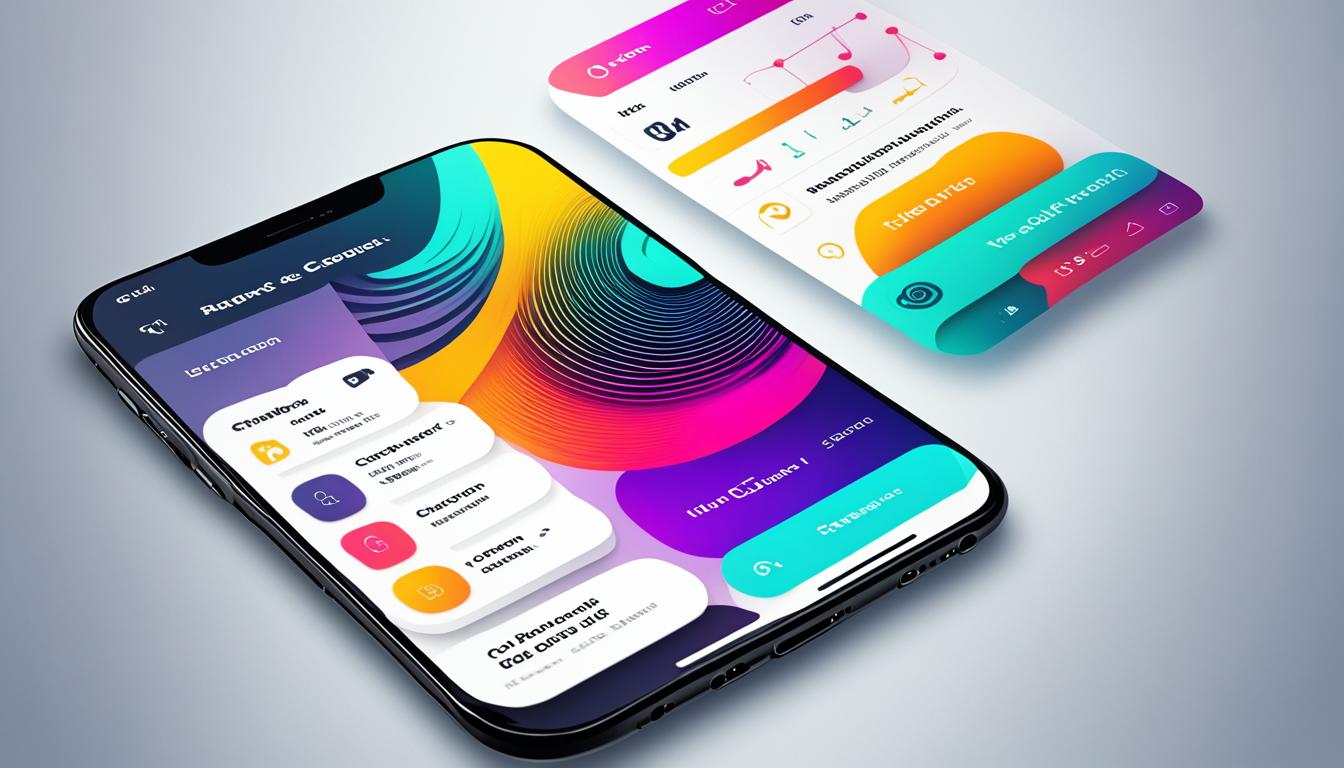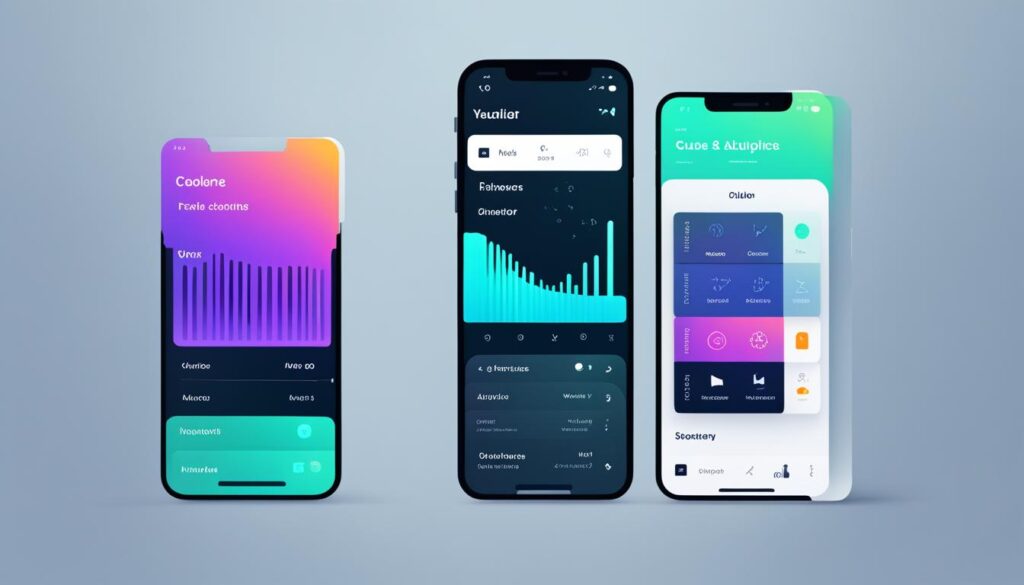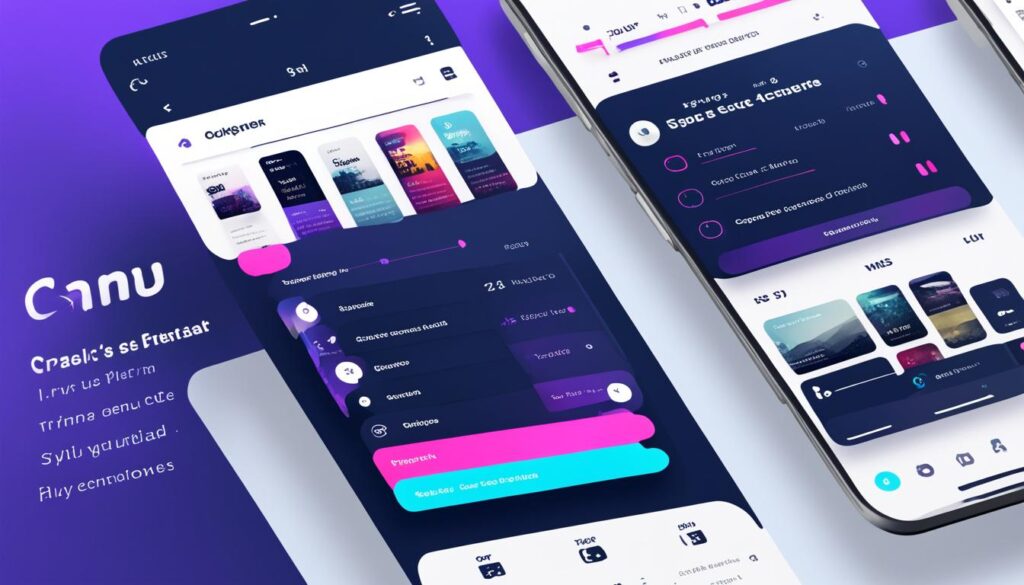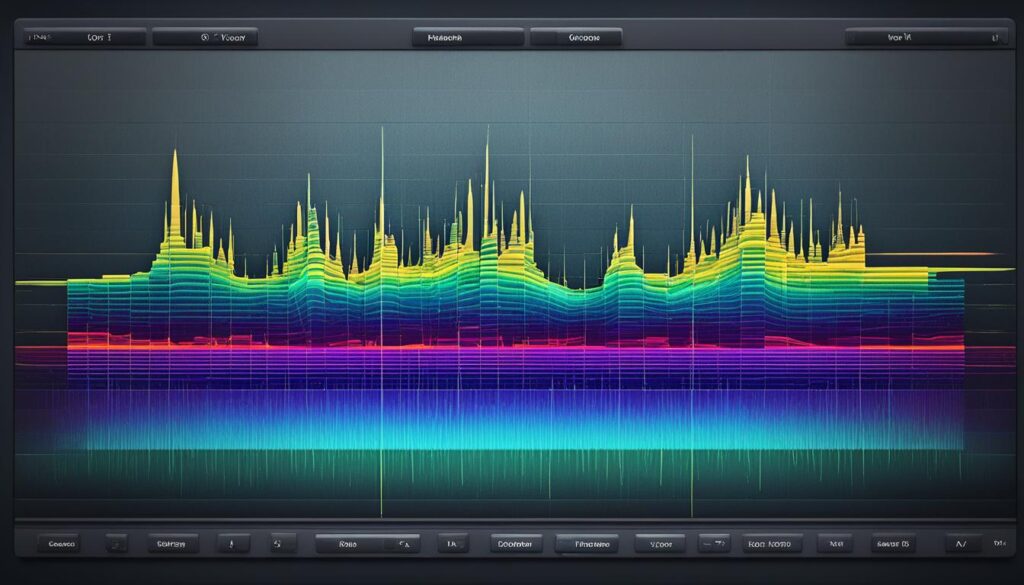In today’s digital world, music and audio have changed a lot. This change is thanks to new music app development and advanced audio tech. Now, people want smooth and tailored audio experiences more than ever. This guide offers expert advice and tips to help you make music and audio apps that grab users’ attention and stand out.
Table of Contents
Key Takeaways
- Learn the basics of audio app design to make interfaces that are easy to use and look good.
- Check out the newest music and audio tech to add cool features that make the experience better.
- Use AI and machine learning for personalized and smart audio experiences.
- Make sure your audio plays well and works on different devices without problems.
- Find good ways to make money and understand the law to make your music app a hit.
Understanding the Fundamentals of Audio App Design
Creating engaging audio apps means knowing the changing world of music and audio tech. App developers need to know what their audience likes and needs. By doing thorough user research, they can find out what makes users happy and design apps that meet those needs.
Exploring the Landscape of Music and Audio Technologies
The music and audio tech world is always changing, with new things like digital signal processing and artificial intelligence. Designers of audio apps need to keep up with these music technology trends. This helps them make apps with the latest features and functions.
Identifying User Needs and Preferences
Knowing the audience is key to making great audio apps. Using user-centric design, developers can find out what users want and like. Target audience research helps teams make apps that connect with users. They offer personalized experiences and meet users’ specific needs.
| Key Considerations for Audio App Design | Examples |
|---|---|
| Intuitive user interface | Seamless navigation, clear controls, and visually appealing layouts |
| Personalization options | Customizable playlists, sound profiles, and in-app preferences |
| Seamless integration with music platforms | Connectivity with streaming services, social media, and music libraries |
| Advanced audio processing features | Noise cancellation, audio enhancement, and virtual surround sound |
By following audio app design principles and doing deep user research, developers can make apps that grab the attention of music lovers. This sets the stage for a growing and innovative audio app world.
“Successful audio app design starts with understanding the needs and preferences of the target audience. Only then can we create experiences that truly resonate with users.”
Crafting an Intuitive and Visually Appealing User Interface
Creating a user-friendly interface is key for music and audio apps to succeed. By focusing on UI design, developers can make the app more enjoyable and visually striking. This section explores how to make an interface that looks good and works well.
To make a great UI for music apps, focus on the user first. This means organizing the app’s layout in a way that’s easy to follow. Using the right fonts, colors, and interactive parts makes the app look good and easy to use.
Visual branding is important for music and audio apps to stand out. Using a consistent look, like certain fonts and images, helps create a brand that people remember. This makes the app more enjoyable and builds a stronger bond with users.
Finding the right balance between looks and usability is the secret to a great interface. By focusing on both, developers can make apps that look amazing and work smoothly. This makes the app more fun and efficient to use.
| UI Design Consideration | Importance |
|---|---|
| Information Architecture | Ensures a logical and intuitive flow for users to navigate the app’s features and functionalities. |
| Layout and Positioning | Optimizes the placement of UI elements, creating a visually balanced and user-friendly interface. |
| Typography | Enhances readability and contributes to the overall aesthetic appeal of the app. |
| Color Scheme | Establishes a consistent and visually cohesive brand identity, while also considering accessibility and user preference. |
| Interactive Elements | Ensures a responsive and engaging user experience, with intuitive controls and feedback mechanisms. |
By focusing on these UI design aspects, developers can make interfaces that look great and work well. This leads to a better user experience overall.
“Crafting an intuitive and visually appealing user interface is the cornerstone of a successful music and audio app. It’s the gateway to an engaging and delightful user experience.”
Integrating Innovative Audio Features and Functionalities
In the world of music and audio apps, adding new features is key. It makes the experience more engaging and unique. With advanced audio processing and AI, there are many ways to improve your app.
Incorporating Advanced Audio Processing Techniques
Using cutting-edge audio processing algorithms can make your app stand out. Features like real-time audio analysis and 3D audio imaging can make listening more immersive. These advanced features can make your app unique.
Leveraging AI and Machine Learning for Enhanced Experiences
Adding AI and machine learning can make your app smarter and more personal. Features like intelligent audio assistants and predictive playlists can make users more engaged. These innovations can make your app truly special.
| Feature | Description | Benefit |
|---|---|---|
| Real-time Audio Analysis | Analyze audio in real-time to detect various sonic characteristics and patterns. | Enables dynamic audio processing, interactive visualizations, and advanced music recognition capabilities. |
| Adaptive Sound Environments | Leverage machine learning to create personalized sound environments that adapt to user preferences and behaviors. | Enhances user immersion and engagement by providing a tailored listening experience. |
| Intelligent Audio Assistants | Integrate AI-powered virtual assistants to help users discover new music, control playback, and manage their audio experiences. | Improves user productivity and satisfaction by offering a seamless, voice-controlled interface. |
By adding these innovative features, your music and audio app can shine. It will offer a unique and remarkable experience to users.
Optimizing Audio Performance and Quality
In the world of music and audio apps, making sure the audio sounds great is key. Developers need to balance quality, speed, and buffering to give users a smooth experience. This makes listening to music or audio fun and immersive.
Managing Audio Latency and Buffering Issues
Audio latency, or the delay in hearing sounds, is a big problem in music and audio apps. To fix this, developers use low-latency audio processing. They also make the app’s backend faster and use special audio processing on hardware. Plus, buffering strategies help deal with network issues and keep the audio playing smoothly.
Choosing the right audio codec is also key. Developers must think about sound quality, file size, and how well it works on different devices. By picking the best codec and always checking the audio setup, developers can give users a top-notch audio performance optimization experience.
| Feature | Benefit |
|---|---|
| Low-Latency Audio Processing | Reduces the delay between sound generation and playback, creating a more responsive and immersive user experience. |
| Buffering Strategies | Mitigates the impact of network fluctuations, ensuring a consistent and uninterrupted audio stream. |
| Optimized Audio Codec Selection | Balances audio quality, file size, and device compatibility to deliver the best possible listening experience. |
“The quality of the audio experience can make or break a music or audio app. Developers must prioritize optimizing performance and quality to ensure users are captivated by the sound, not frustrated by technical issues.”
Enabling Seamless Cross-Platform Compatibility
In today’s fast-paced world, making music and audio apps work on many platforms is key. Developers aim to make apps run smoothly on phones, tablets, and computers. Using cross-platform app development helps them reach more people and give a consistent experience.
Designers focus on platform-specific optimizations to meet the needs of each device and system. They make sure the apps look good and work well on any screen size with responsive design.
Developers also work hard on device compatibility. They test and tweak their apps to work on many devices. This ensures a smooth experience for users everywhere.
“Seamless cross-platform compatibility is the key to unlocking the true potential of music and audio apps in the digital age.”
By following these steps, app makers can make apps that work well on many devices. As technology changes, being able to make apps that work on different platforms is a big plus.
| Platform-Specific Optimizations | Responsive Design Considerations | Device Compatibility Checklist |
|---|---|---|
|
|
|
By using innovative app development and cross-platform frameworks, developers can make apps that go beyond just one device. This approach helps create amazing experiences for users across different platforms.
Fostering User Engagement with Social and Collaborative Features
In the world of music and audio apps, making users feel engaged is key to success. By adding social sharing and music collaboration tools, developers can build a strong community. This encourages users to interact and feel like they belong.
Sharing music on social media is a great way to get more people involved. Users can share their songs, playlists, or audio experiences easily. This helps the app reach more people and meets our need for social interaction and praise.
Music collaboration tools let users make music together. They can have live jam sessions, edit audio files together, or remix each other’s tracks. These tools create a community feeling, making users want to share their own music and be part of the app.
| Feature | Benefit |
|---|---|
| Social Sharing | Increased visibility, user acquisition, and community engagement |
| Music Collaboration Tools | Enhanced user creativity, community building, and user-generated content |
| User-Generated Content | Fostering a sense of community, user retention, and content diversity |
By using these social and collaborative features, music and audio app developers can make their apps exciting. They encourage users to share their love for music and connect with others who share the same interests.
“Music is a universal language that has the power to bring people together. By leveraging social and collaborative features, music and audio apps can tap into this unifying force, creating a thriving community of engaged users.”
Music and Audio App Development: Strategies for Success
Creating successful music and audio apps needs a strategic plan. This plan should mix industry best practices with agile development methods. Using strategies like user-focused design, iterative development, and ongoing improvement can make apps better and more successful.
Leveraging Industry Best Practices
Developers should use industry best practices to make music and audio apps engaging and unique. This means focusing on user-centric design. They should make sure the app fits the needs and likes of their audience.
Doing thorough user research and using user feedback during development is key. This way, apps become easy to use, look good, and meet what users want.
Embracing Agile Development Methodologies
In the fast-changing world of music and audio apps, agile development methodologies are a great fit. They let developers quickly adapt to new market needs and user wants. This means using iterative design and continuous improvement to make apps better and keep them relevant.
By using industry best practices and agile development, music and audio app creators can make apps that really stand out. This approach helps them add new features, listen to user feedback, and keep improving the user experience.
Monetization Models and Revenue Streams
Monetizing music and audio apps is key to success. Developers must pick the right strategies to make money and keep users happy. They can use the freemium model, in-app purchases, subscriptions, or ads to make money.
The freemium model is popular for music apps. It lets users try basic features for free and pay for more. This way, apps can draw in more users and make money from some of them.
Subscriptions are another way to make money. Apps offer special content or ad-free experiences for a fee each month or year. This works well for apps with lots of music or podcasts.
Ads can also help make money. Apps can show different types of ads to earn more. But, it’s important to not make the ads too annoying for users.
By mixing these strategies, music and audio app developers can make steady money. They can still give their users great experiences.
Navigating Legal and Ethical Considerations
Creating music and audio apps means dealing with many legal and ethical issues. Developers need to make sure their apps follow the law. This includes copyright laws, intellectual property rights, and data privacy rules.
Addressing Copyright and Intellectual Property Rights
Copyright laws are a big deal in the music app world. Developers must get the right licenses to use music, sound effects, or samples. If they don’t, they could face serious legal trouble, like copyright infringement lawsuits.
Protecting your own work is also key. This means keeping your unique audio stuff safe from others. It’s important to have strong licensing agreements and protect your copyright.
| Legal Consideration | Key Aspects |
|---|---|
| Copyright Laws |
|
| Intellectual Property Rights |
|
| Data Privacy Regulations |
|
Developers also need to think about data privacy laws. Laws like the GDPR and CCPA set rules for how to handle user data. Music and audio app makers must follow these rules.
By tackling these legal and ethical issues, developers can make apps that are fun and legal. This way, they protect both the users and the app owners.
Marketing and Promotion Tactics for Music and Audio Apps
In the app world, marketing and promotion are key for music and audio apps to succeed. Developers need to use many tactics to reach their audience, increase downloads, and keep users engaged. This includes optimizing for app stores and using digital channels well.
Optimizing for the App Store
Getting your app ready for the app store is a big step in marketing. You should make a catchy app title, description, and use the right keywords. Also, having a high rating and good reviews helps your app be seen more.
Embracing Social Media Engagement
Social media is a great way to connect with your audience and promote your app. By engaging with users, sharing content, and working with influencers, you can spread the word about your app. This helps build a community of loyal users.
Leveraging Digital Promotion Channels
Use different digital channels to highlight your app’s features and benefits. This could be through targeted ads, emails, partnerships with websites, or using app review sites. These methods help make your app more visible and increase downloads.
Collaborating with Influencers
Working with influencers in the music and audio world can help you reach new people and gain trust for your app. Choose influencers who match your target market well. Then, work with them to create content and promotions that grab attention.
By using a mix of these strategies, developers of music and audio apps can market their apps well. It’s important to keep checking and tweaking your marketing based on what users say and data show. This will help your app keep doing well over time.
The Future of Music and Audio App Development
The music and audio app world is always changing. Developers need to keep up with new trends and tech. Things like AI-powered audio and immersive audio are changing the game.
Embracing AI and Machine Learning
AI and ML are changing how we use music and audio apps. Developers use these techs for AI-powered audio experiences that know what we like. They make music recommendations and create playlists for us.
Immersive Audio Experiences
Immersive audio technologies like spatial audio and 3D sound are making music more real. They give us a full sound experience. As tech gets better, apps are finding new ways to use these features.
Voice-Controlled Interfaces
More people want easy ways to use their devices. That’s why voice-controlled interfaces are getting popular. Developers are adding voice features so we can control our music with just our voices.
As music and audio apps grow, developers need to keep up with new trends. Using AI, immersive audio, and voice controls will make apps more exciting and new.
Conclusion
In this guide, we’ve covered the key aspects of making engaging music and audio apps. We looked at the basics of audio app design and how to use new features and tech. We also talked about legal matters and marketing tips.
By following the best practices in the industry, like agile development and keeping up with trends, developers can make apps that grab users’ attention. Using new audio technology innovations and smart app monetization strategies can make apps more appealing and successful.
The music and audio app world is always changing. To stay ahead, developers should keep an eye on what users want. By using the advice from this guide, apps can offer great experiences that keep users coming back.




